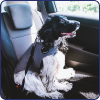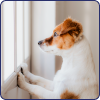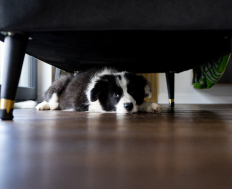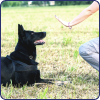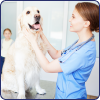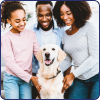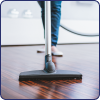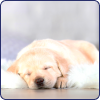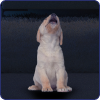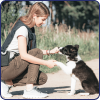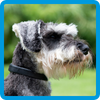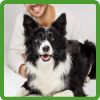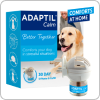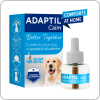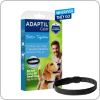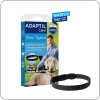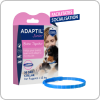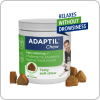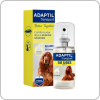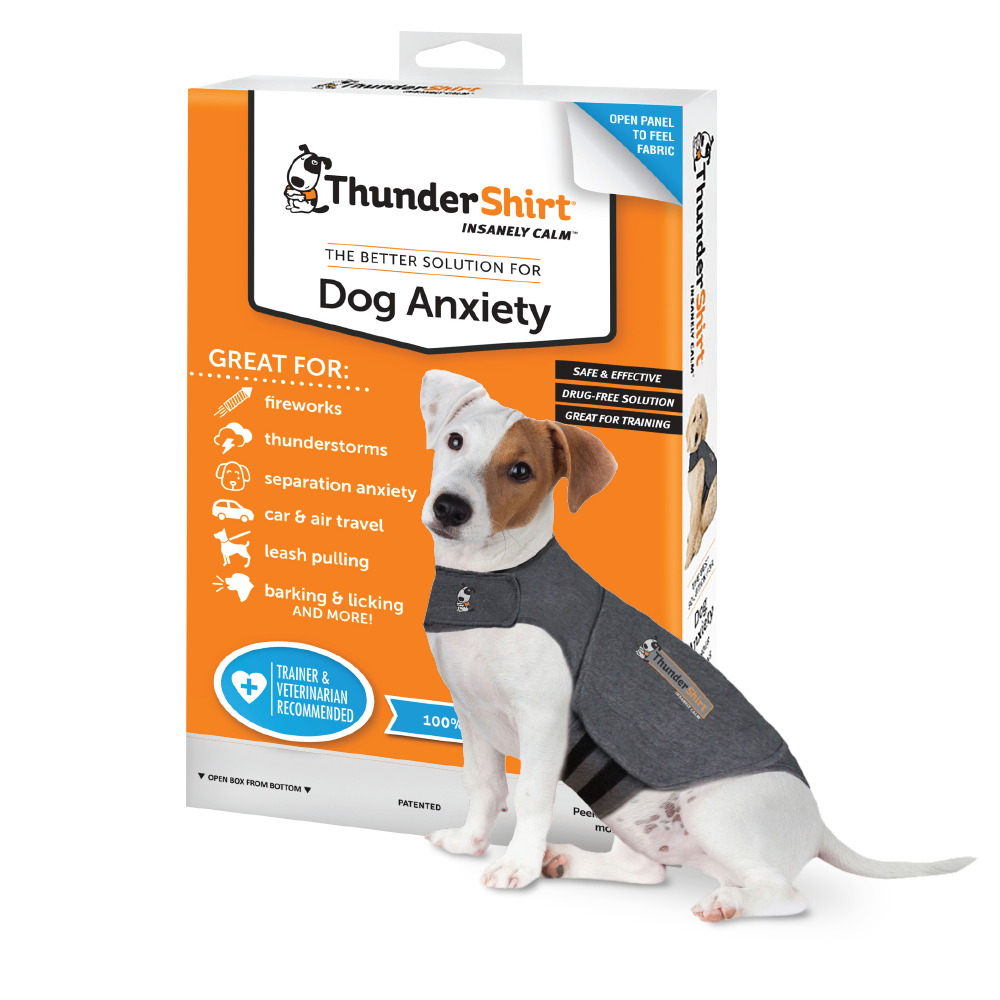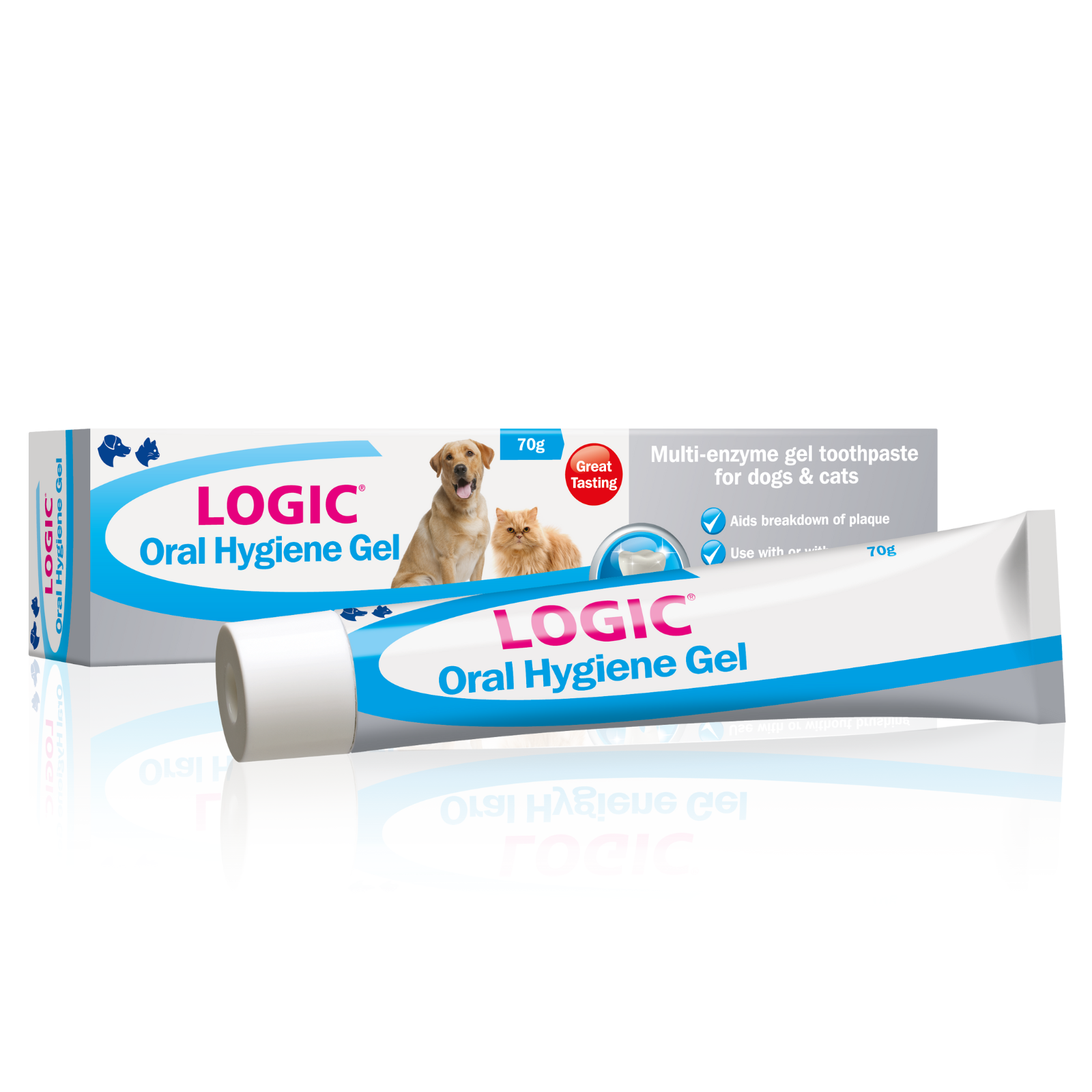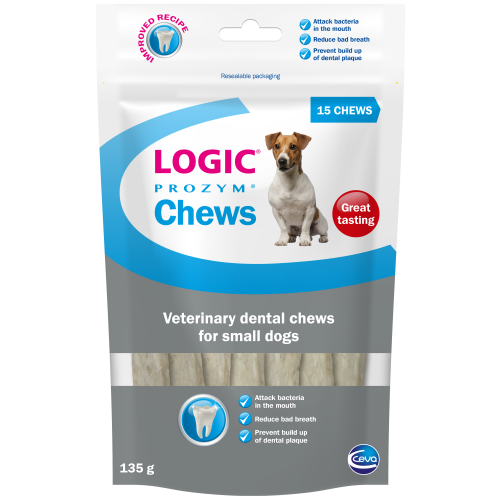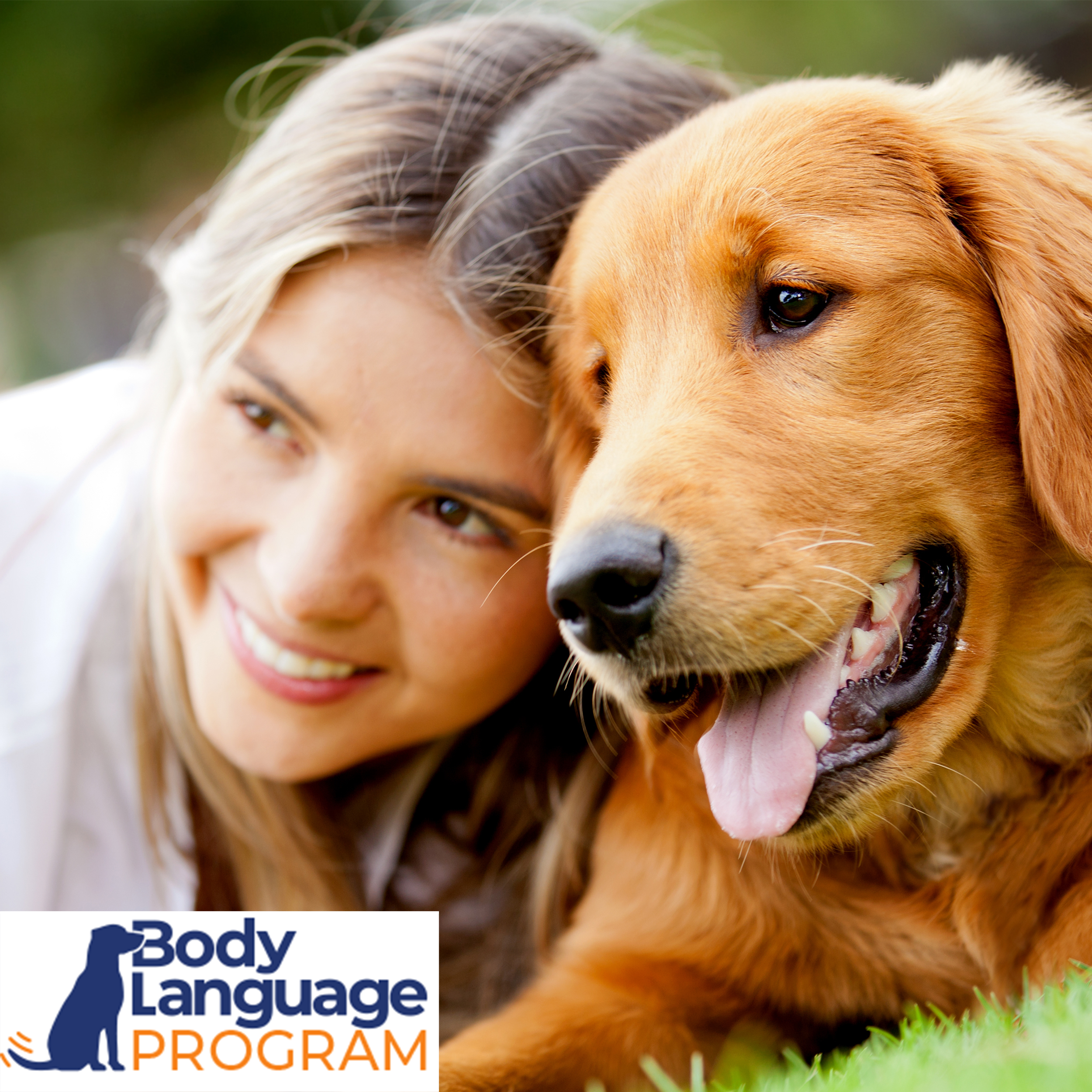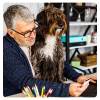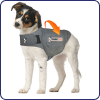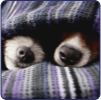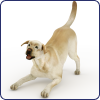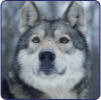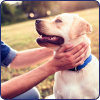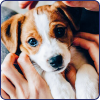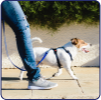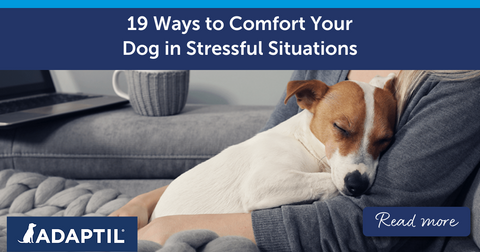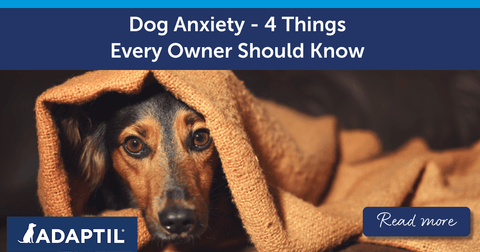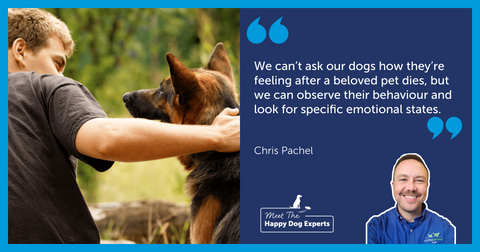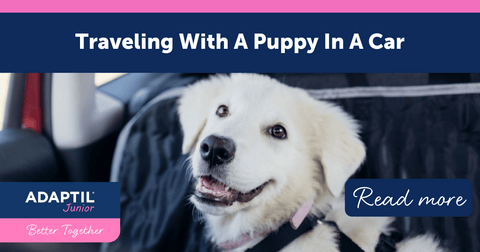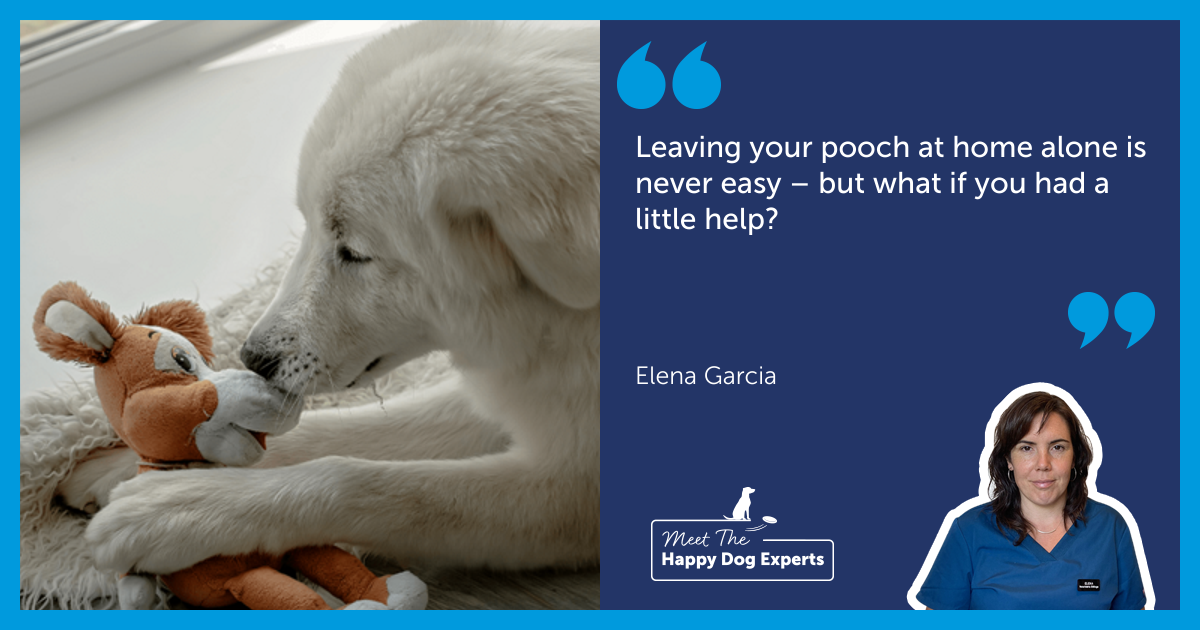
How to teach your dog to stay at home alone
By Elena Garcia
Separation-related disorders – the term used for the unwanted behaviour dogs show when they are left alone – are very common within behaviour referral services. Some studies have concluded that 1 out of 3 dogs have shown symptoms of a separation-related disorder at least once in their lifetime. Therefore, it is important for us to know the best way of dealing with this issue.
Though your dog may have never had problems being home alone, these could arise after a long holiday spent with your dog, or when you need to return to work after a period away from the office. We should never expect that our dog likes being left alone. Most of them would prefer to be in our company 24 hours a day, 7 days a week!
In order for your dog to get used to being left alone, you should:
- Adapt the living environment
- Build a strong relationship with your dog
- Make your departures predictable
- Take your dog for a veterinary check-up
- Practice leaving them home alone in a controlled way
- Check your dog’s behaviour when they are left alone
I am going to explain each of these points in greater detail below.
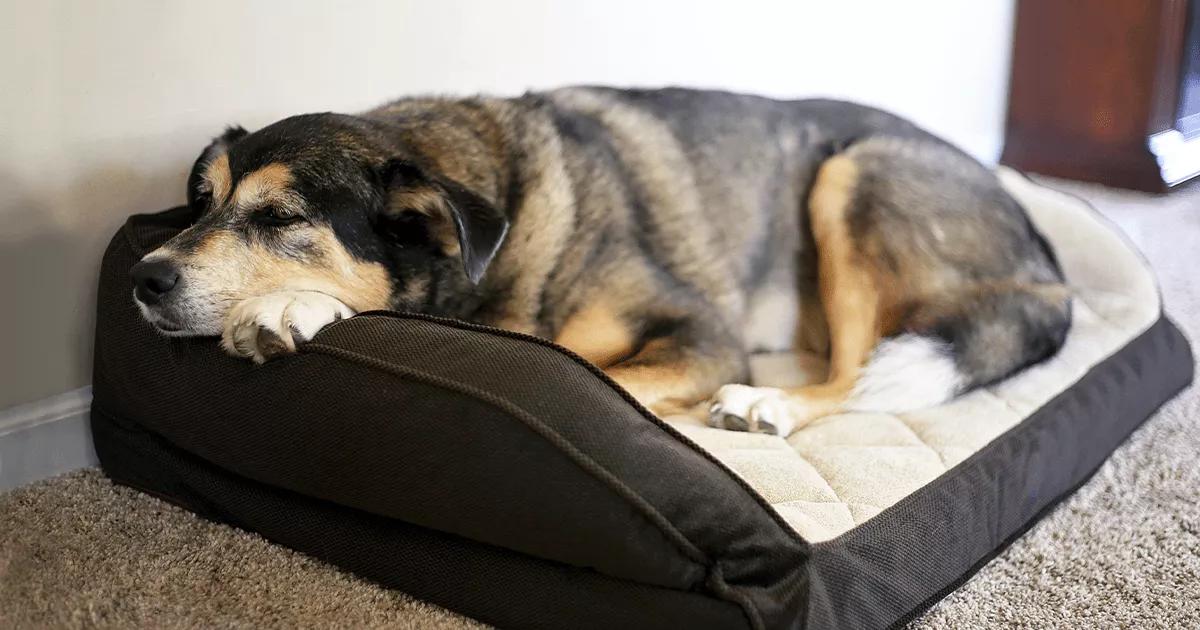
Adapting the living environment
For pets, households look very different when we are at home to when we are absent. There may be no noise from TV, radio or kids, some doors could be closed, and dogs may be confined to a crate or even left outside.
The general advice is to have as little change as possible to the home environment when your dog is alone compared to when you are with them. For example, if you do not want them going into certain rooms when you are not there, get your dog used to the doors being closed when you are at home. Or if the radio is usually left on when people are around, leave it on when you go out. The key is that the environment when you are present does not change abruptly when you leave.
Always make sure your dog has access to all that they need, such as water, toys and chewing objects they enjoy. These must be objects that your dog likes as it is common to find families who give their dogs unbreakable objects that they don’t use. Always give your dog appropriate objects they can safely chew as this helps them relax.
It can also be very helpful for your dog to have a resting place, which is a little isolated from outside noises. This is often called a “safe zone” or ‘den’ and is also useful for dogs who are afraid of noises. Plugging in an ADAPTIL Calm Home Diffuser in this space can also help to create a tranquil environment that will reassure your dog. Remember too, that if your dog does not use the safe zone when you are at home, it does not mean that they won’t use it when you are absent.
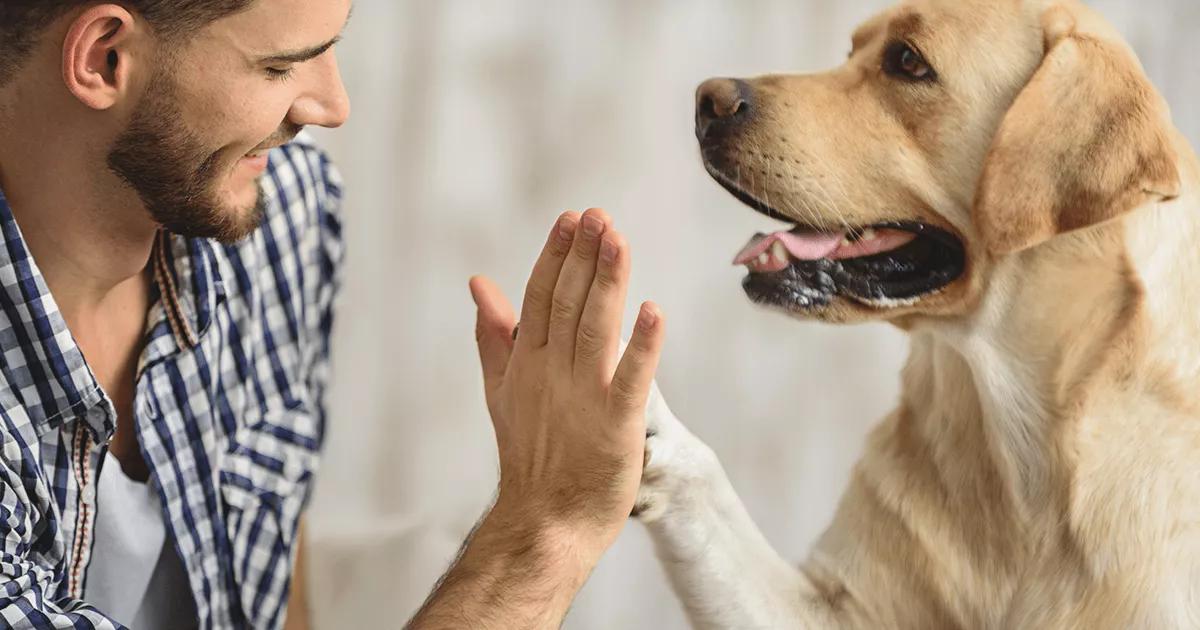
Building a strong relationship with your dog
The bond created between you and your dog is essential for their happiness. The stronger the bond, the better your relationship. However, on some occasions a strong bond may be confused with a dependent relationship or lack of self-confidence. To form a good bond, and therefore build a good relationship, it is important to:
- Treat them well and do not use punishment. Be affectionate and respectful with your dog.
- Communicate properly and use the same cues or signals. Dedicate enough time to anticipating what will happen and don’t just let them follow you everywhere.
- Be consistent. Decide on house rules or limits that do not vary in time and that are followed by all the people who live in the house.
Make departures predictable
It is advisable to give a verbal sign about your departure, contrary to what was recommended a few years ago, both for walks as well as when your dog is going to be left alone.
There are different methods to use – such as telling your dog "you can't come" just before you start getting ready to go out, and saying "walk time" as you get ready to go for a walk together. These measures are intended to help your dog manage frustration better, as it is believed to be one of the major components of separation-related disorders.
Frustration is a negative emotion that appears when a dog believes that something is going to happen, only for it not to. When dogs are left alone, their expectation is likely that they would instead be going for a walk or going on a trip with their family. This would partly explain why some dogs only have a problem staying alone when the departures are rare, such as going out for dinner or going to the movies, or only when all family members leave the house at the same time.
Thus, in cases where there is frustration, making departures predictable can be helpful as this allows dogs to assume that they are going to be left alone in a more progressive way. Usually, once they have an association with the signal, they will go to their safe place when you mention it, or find another member of the family to see if they are also leaving.
Take your dog for a veterinary check-up
The most recent publications reveal that a high percentage of separation-related disorders are due to health problems. Make sure your dog has regular check-ups and talk to your vet, especially about pain, which is not always obvious.
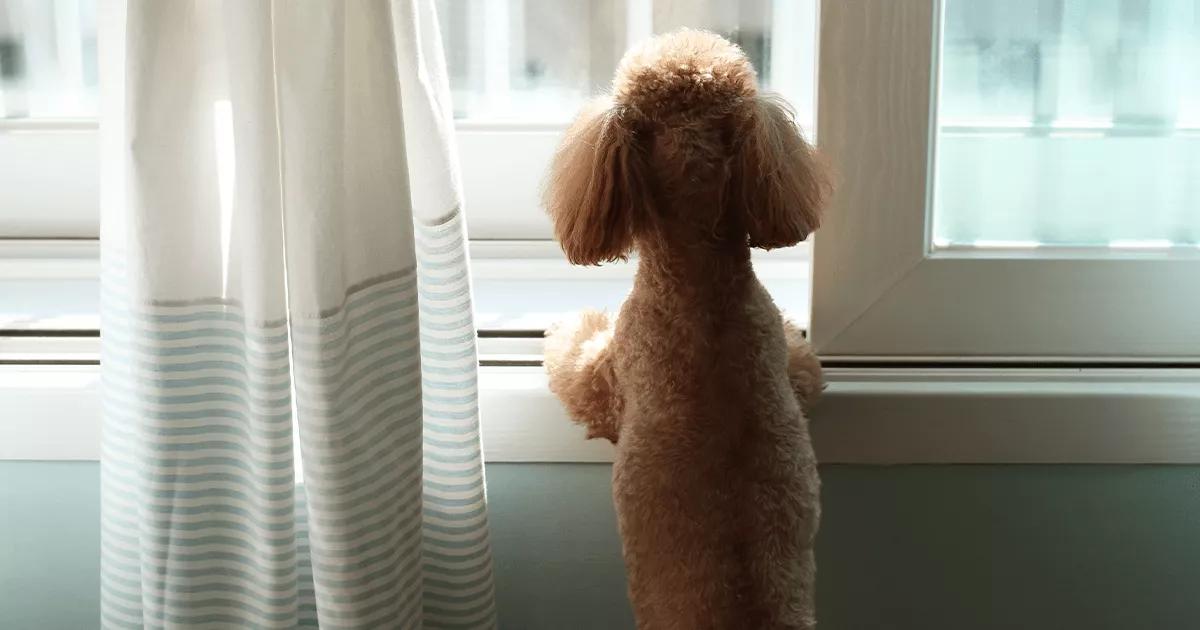
Practice leaving them home alone in a controlled way
Anticipate sudden changes, such as returning to work after a holiday, long leave of absence, or changes in work schedules. Prevent your dog suddenly going from having many hours of company to spending a lot of time left alone. It is better to start with a few short departures and slowly increase the number of them so your dog will experience the change in a more progressive way.

Check your dog’s behaviour when they are home alone
Nowadays, it is easy to get a camera or surveillance system at home. This is the best way to know exactly what is happening while you are away. In my clinical experience, I have noted a contrast between what many families believed was happening while they were away, and what was actually happening. It is highly recommended that your dog’s behaviour is supervised after routine changes, a fireworks events, or stormy weather.
If you notice any sign of anxious behaviour, fear, or frustration from your dog, contact a veterinary behaviourist for help.
If you’d like more tips about how to help a lonely dog, check out the rest of our blogs online! You can also stay up to date with all the latest news and product info by signing up to our newsletter.
